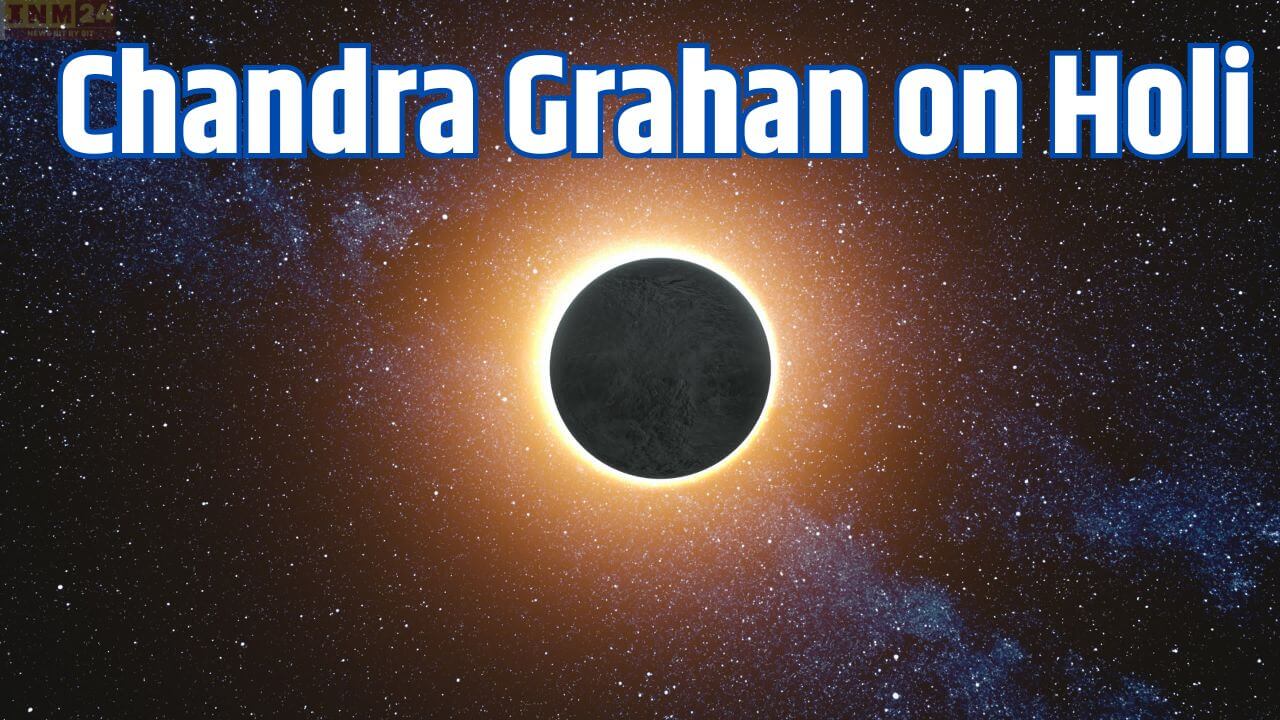As the much-awaited festival of Holi approaches on March 25, 2024, celestial enthusiasts are gearing up for a rare event – the first lunar eclipse of the year. This astronomical occurrence is set to coincide with the festival of colors in India, adding an extra layer of fascination to the festivities. Let’s explore the details of this partial lunar eclipse and its global visibility, excluding India.
The Astronomical Phenomenon
According to astronomers, the lunar eclipse on March 25 will be a penumbral eclipse, characterized by a subtle shading on the surface of the moon. Unlike a total or partial eclipse, this phenomenon occurs when the moon passes through the Earth’s penumbral shadow, resulting in a slight dimming of the lunar surface. Observing this penumbral eclipse with the naked eye might prove challenging due to its subtle nature.
Global Visibility
While this celestial event unfolds on Holi, it won’t be visible in India. However, residents in several other parts of the world will have the opportunity to witness this astronomical spectacle. Countries such as Ireland, Belgium, Spain, England, South Norway, Italy, Portugal, Russia, Germany, the United States, Japan, Switzerland, the Netherlands, and France will be treated to the penumbral lunar eclipse.
Scientific Insights
Scientists explain that during a penumbral eclipse, the color of the moon’s surface undergoes a slight, dusky change. The penumbral shadow causes a subtle variation in the moon’s appearance, making it challenging to discern. Penumbral eclipses are more common than total or partial eclipses and are often harder to detect with the naked eye.
Impact on Holi Celebrations
The unique aspect of this lunar eclipse coinciding with Holi raises curiosity about its potential impact on the festival. However, it’s essential to note that since the eclipse won’t be visible in the Indian subcontinent, Holi celebrations are unlikely to be affected by the celestial event.
Rare Alignment
A fascinating fact emerges as astronomers note that this alignment of Holi and a lunar eclipse occurs once every century. If the skies are clear, the penumbral eclipse can be seen from various locations during the nighttime in the Earth’s Eastern Hemisphere.
As we await the convergence of Holi and the penumbral lunar eclipse on March 25, 2024, sky gazers around the world are preparing to witness this celestial spectacle. While India may miss the visual treat, the cosmic alignment promises a unique experience for global observers, adding an astronomical dimension to the festival of colors.
